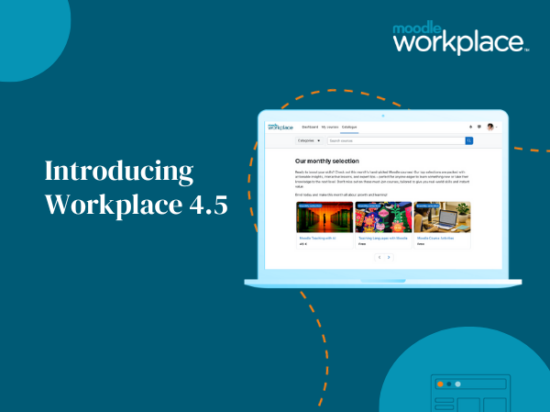Most organisations have had some contact with webinars; some may have been successful and others not so successful. A successful webinar is measured by how well the audience has engaged, and how interactive the session is. These elements combined produce a positive online experience for the user.
Web conferencing refers to a service that allows conferencing events to be shared remotely; also referred to as webinars or online workshops. Organisations are increasingly adopting this cost effective method to deliver training, hold meetings, and collaborate with teams.
Webinar providers such as GoTo Meeting, WebEx, Saba meeting and Adobe offer free trial versions, it’s worthwhile exploring them before you commit to any one provider and familiarise yourself with their different interfaces and capabilities.
The benefits of webinars are many: they are cost effective, flexible, encourage interaction and collaboration.
What is the objective of the webinar?
Are you delivering a segment of training that is part of an elearn? Or are you debriefing your team on lessons learned after a project has been completed? Perhaps your company has change its policies and you want to share recent developments with your staff? Webinars are also great for holding team meetings especially if some of your staff work from home; using this form of communication keeps teams connected without feeling the distance.
Who is your target audience?
Consider whom you want to connect with; is your audience new recruits, stakeholders? Determining your target audience will shape your content and decide the tone of your webinar.
Also consider the size of your audience, anything over 20 participants will require facilitating virtual breakout rooms.
Content
Content for your webinar needs to be approached as you would when designing E-learning content. Make your content relevant to your audience.
Don’t overload your material/presentation with multimedia elements; use sharing applications appropriately. Practice your presentation with your subject matter expert (if delivering training or updates), and web administrator so you can keep to time. Don’t make your webinar more than an hour long; anything over an hour will make your audience restless.
Your practice runs will familiarise you with the webinar’s interface; most have emoticons you should encourage your audience to use; for example, raising the small hand to ask a question, the hands clapping icon to express appreciation or humour. Using emoticons helps to gage audience mood.
Technical administration
1. Send out the dial in and log on details to participants in advance; on the day, send out a reminder notice an hour prior to the session
2. Close down any unnecessary applications; by doing so you avoid unnecessary embarrassment of sharing any personal information your audience may accidentally see when you share your desktop.
3. Log in at least 15 minutes early into your session to prepare yourself. Keep troubleshooting tips handy. This helps you set-up and be ready to help your audience with any logging in or technical issues they may experience.
4. Don’t speed through your session. Your practice runs will have eased you and your co-presenters into a natural rhythm and will help you deliver the session at a comfortable and relaxed pace which your audience will appreciate.
5. Engage with the audience through Q&A. It’s a good idea to have some interactive slides, or polling questions to engage the audience. Using polling questions or interactive slides, for example a world map in the introduction slide and asking your audience to place a flag on where they are from not only gives the audience a chance to use the webinar’s interface but is a great ice-breaker.
6. Share the webinar recording after it ends. Send out an email to all participants, even those unable to attend, they may wish to listen to it later.
7. Send any materials or take-away handouts to participants within 24 hours of the event.







